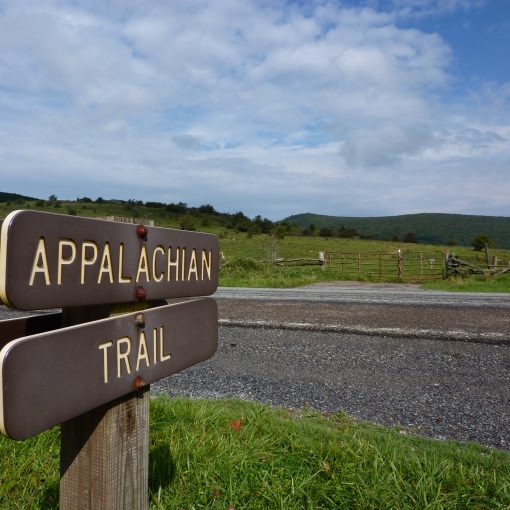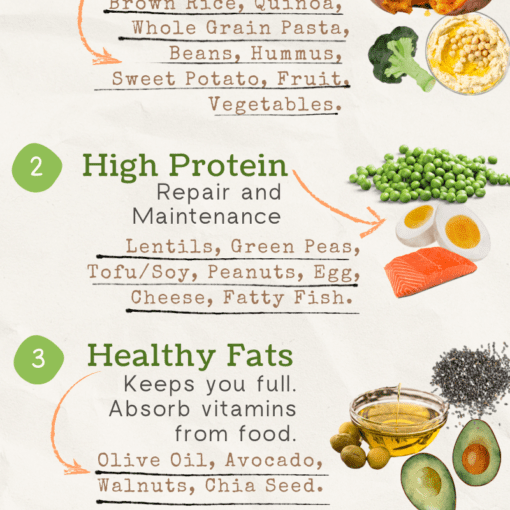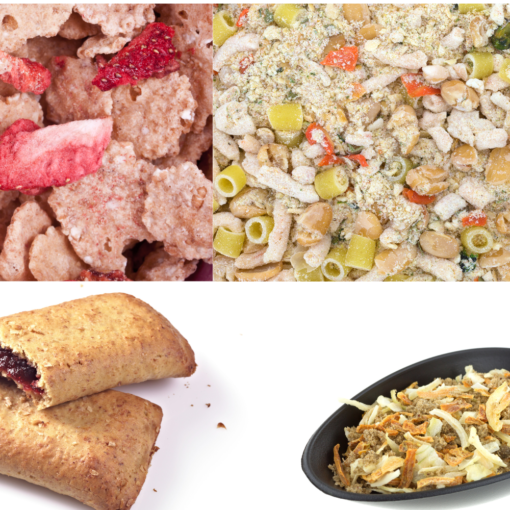Food planning can be confusing for the first-time thru-hiker or section hiker. You have yet to determine your pace and don’t know how many days you can go between food resupplies. Here are some tips based on a decade of supplying meals to the thru-hiking community. How much food should I pack for my Appalachian Trail hike? Customers often ask us how much food they should order for an Appalachian Trail (AT) thru-hike and where most hikers receive mail drops. Most hikers have resupply boxes mailed to towns with limited food services. Most of the AT is within 50 miles […]
Yearly Archives: 2023
Backpackers who need to minimize weight and space will carry dried food. Most of a food’s weight and volume come from its water content, and freeze-drying and dehydrating are the most common methods to remove this water, resulting in lighter and packable food. When food is sufficiently dried, it can be stored without refrigeration since the microorganisms that cause mold, spoilage, and bacteria cannot grow without moisture. While the two food preservation methods reduce the volume and weight of food by evaporating water, there are also significant differences when deciding which type of food to bring on your next adventure. […]
Inexpensive and filling, lentils are often a forgotten food. That needs to change! Lentils are an excellent source of energy and protein and can be easily incorporated into trail recipes. Find out how lentils can help you boost your energy and find some easy ways to use them in backpacking meals. LLentils are the edible seeds of legumes, which fall under the category of pulses, alongside beans, field peas, and chickpeas. Like other legumes, lentils have a low glycemic index (GI), which helps slow the rate at which energy is released into the bloodstream. Their high fiber content not only […]
Consuming a surplus of calories long-term leads to the accumulation of fat in the liver and pancreas that causes type 2 diabetes (T2D). Any activity that decreases intra-organ fat can put diabetes into remission. Backpacking is an excellent activity for people with diabetes. It’s a moderately intense aerobic activity that reduces weight and builds muscle mass, improving insulin sensitivity and lowering blood glucose. In fact, for every 10% increase in muscle mass, you get an 11% reduction in insulin resistance.[1] With some planning, you can find trail food to keep blood sugar levels in check. Here are some suggested diabetic-friendly […]
Food additives are commonly used to prevent or slow spoilage during storage, preserve vitamin content, or alter food’s appearance, taste, and texture. Food coloring is a type of additive that is functionally unnecessary — its sole purpose is to make food appear more colorful. Unsurprisingly, food dye is common in mass-produced packaged foods that you might be tempted to take backpacking. Common “backpacking” foods containing food dye include packaged food containing dried fruit and vegetables, cheese mix, butter powder, and gelatin. This includes – Pasta dishes Rice dishes Soup mix Trail mix Granola bars & Pop tarts Cheese-flavored chips and […]




